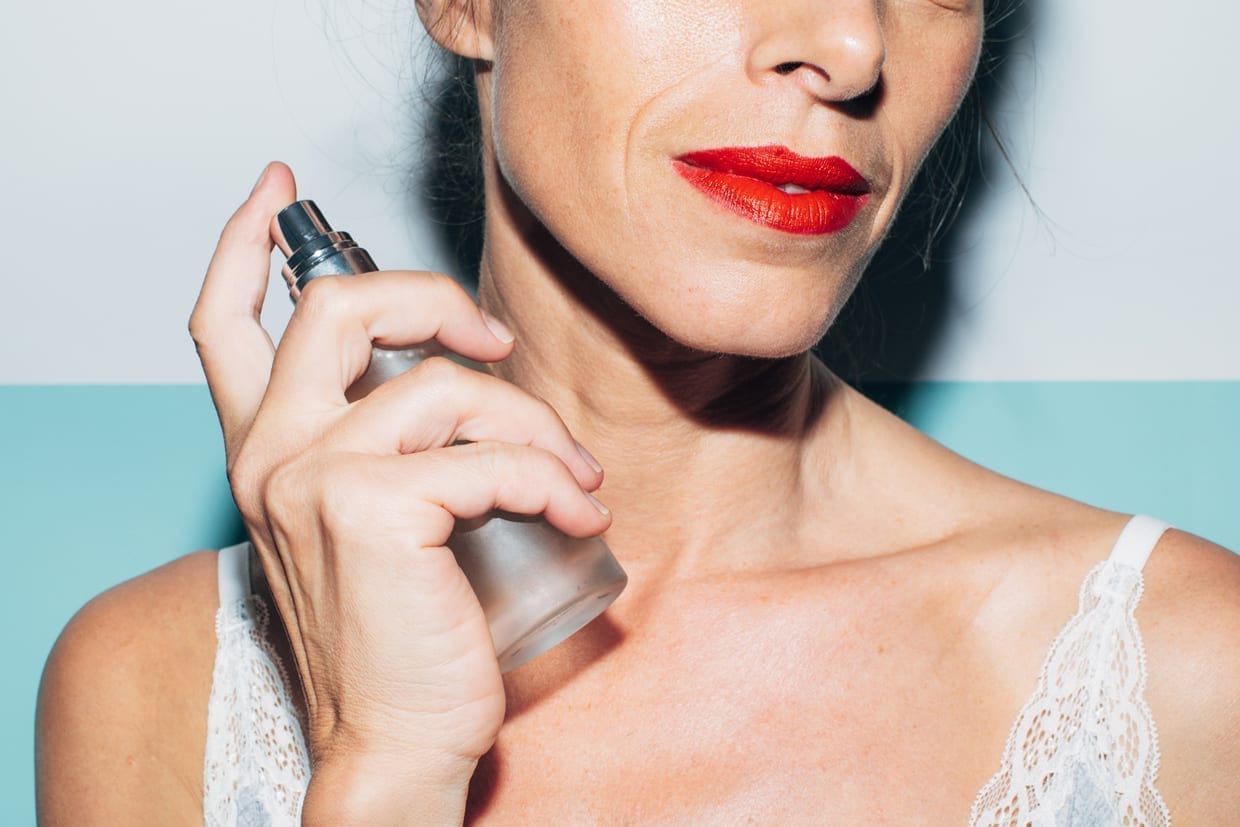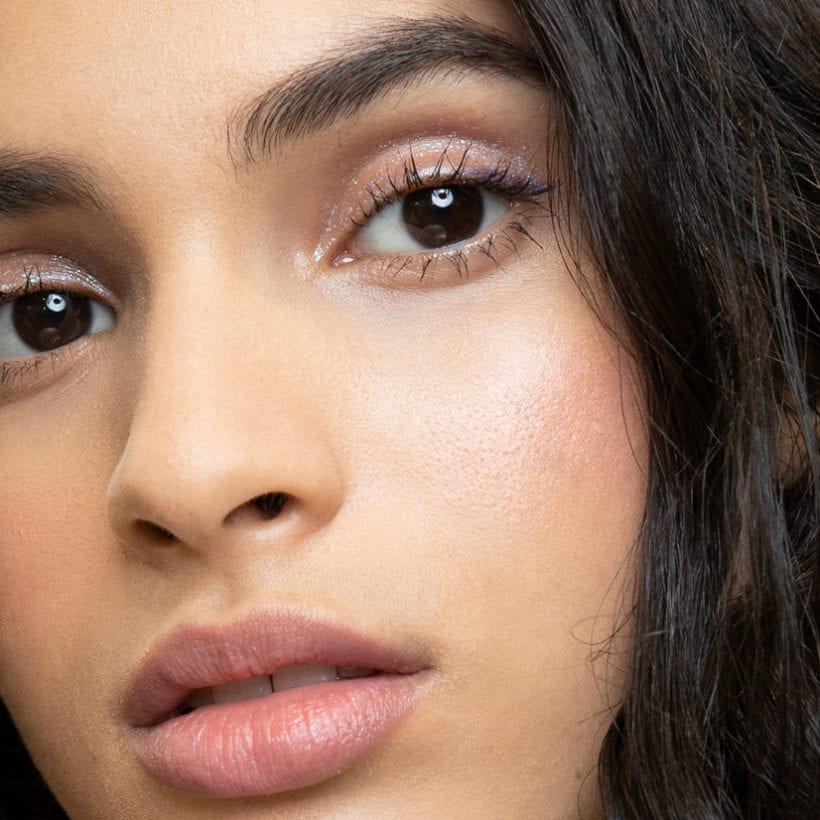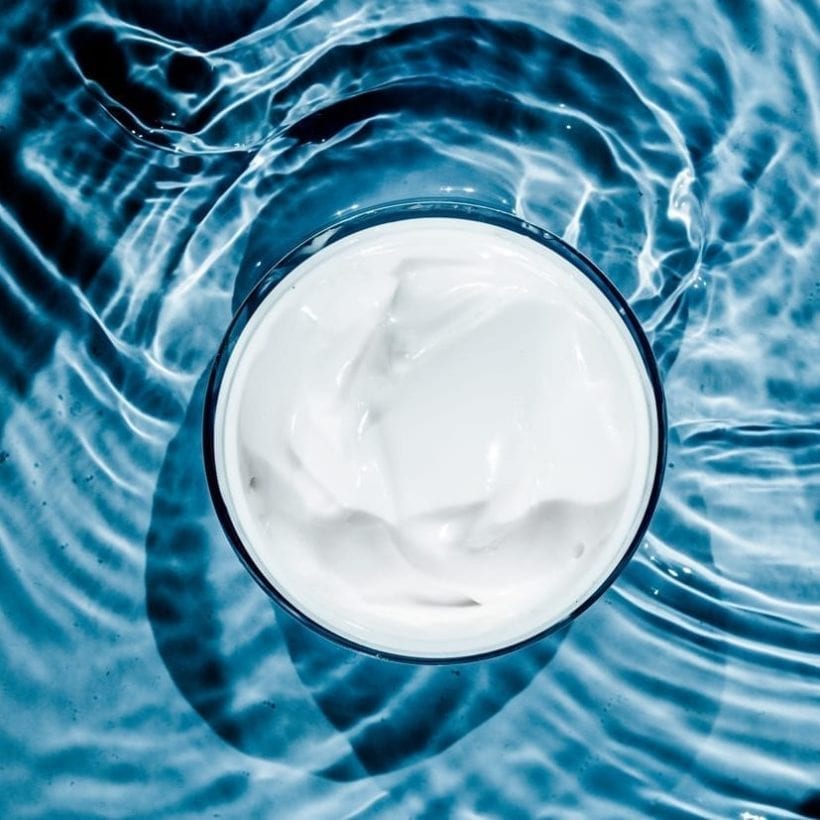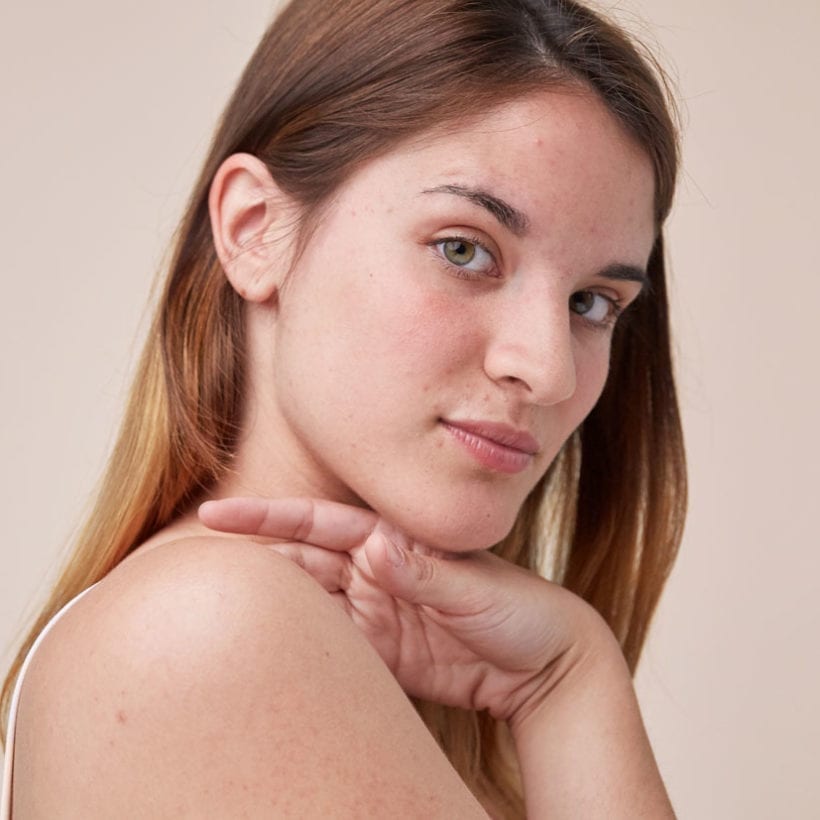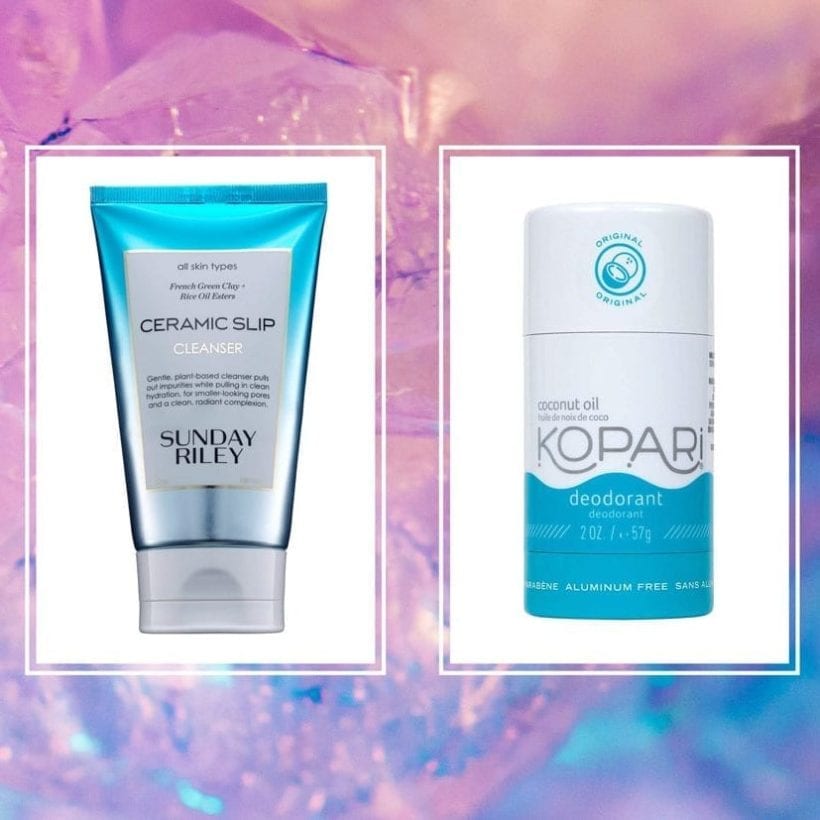To mist or not to mist, that is the question. OK, while it isn’t technically the question, we have to assume that if Shakespeare liked skincare and sheet masks, he would have posed the inquiry.
Because let’s face it: face mists are in. The equally calming and refreshing spray has been gaining popularity in the skincare world: a quick search of ‘face mist’ on Sephora brings in almost 250 results.
But are they actually worth it? And do you really need one in your routine? A dermatologist breaks down the benefits — and pitfalls — of your favorite facial mist.
What is a face mist?
To put it simply, it is exactly what it sounds like. “A facial mist is a skincare product or combination of products delivered in an aerosol form,” says Heather Richmond, M.D., a Houston-based dermatologist. “Popular ingredients include spring water, antioxidants, rosewater and moisturizers.”
Who should use a face mist?
According to Richmond, any and all skin types can benefit — if you don’t know the best ingredient for you, check with your dermatologist for their suggestion.
“Patients with dry or aging skin usually love mists as they immediately restore moisture and create a more youthful glow,” she says. “Oily or acne-prone skin types should look for oil-free preparations but may still derive great benefits from lighter products and antioxidants in facial mists.”
What are the benefits of a face mist?
Face mist has the ability to work as a pick me up, primer and setter.
Glowing, refreshed, hydrated, cooled — if the list of benefits seems never-ending, it is because, well, it is. The spray has the ability to work as a pick me up, primer and setter (all in a day’s work).
“Mists feel very refreshing when sprayed on the skin. They deliver a light layer of product that is soothing, moisturizing, creates a glow, and may have other benefits depending on the ingredients,” says Richmond. “Mists can also be used to set makeup, or used as desired over makeup throughout the day to give a revitalized glow.”
And when it comes to ingredients, it all depends on the result you want. But Richmond points to a mist containing antioxidants as her pick. “Antioxidants [like vitamin C] are a great ingredient in any skincare product and can be used in mists to help protect against daily damage from UV radiation and pollution,” she adds.
What are the downsides of a face mist?
A face mist can actually dry your skin out — the opposite of what you are trying to achieve by using one in the first place. If this is happening, Richmond suggests taking a close look at the product formulation. “Check the ingredients in the mist and consider an alternate product. Any product containing alcohol will be potentially drying, so look for an alcohol-free mist and one that contains hydrating ingredients,” she adds.
How should you use a face mist?
Coming off of summer, it might feel like this is a seasonal product, but Richmond says they can be used any time of year. “You may find your mist preference can vary by season, depending on the level of moisture it provides and how dry the air is,” she explains.
To use, Richmond suggests holding the spray six to eight inches away from your face, keep eyes closed, spray and apply evenly. If you are somewhere extremely dry, like in an airplane, you can gently pat the excess in for increased nourishment and to limit evaporation.
Where does a face mist fall in your skincare routine?
Mists can be used any time of day, subject to when you need them and what your goal is. “For best results and optimal penetration of active skincare ingredients, apply to clean skin under makeup,” she says.
And depending on your skin type and product used, “you may use a mist in place of a moisturizer if it contains moisturizing ingredients such as hyaluronic acid,” she says. Hyaluronic acid is a humectant, which means it grabs a hold of moisture and helps to lock it into the skin. “Patients with dry or aging skin may find that they need an additional cream or lotion-based moisturizer to meet their skin’s needs. However, oily or combination skin types may derive enough benefit from a mist so as not to need an additional moisturizing product,” she explains.
If you choose to apply makeup, a facial mist can change the texture, leading to a dewy look. Other mists are designed to be a setting spray — these are formulated specifically to increase the length of wear, not to refresh. (Due to ingredients in setting sprays, like the polymer PVP, these should not be re-applied throughout the day for hydration.) And others can be applied over makeup as a refresh throughout the day.
